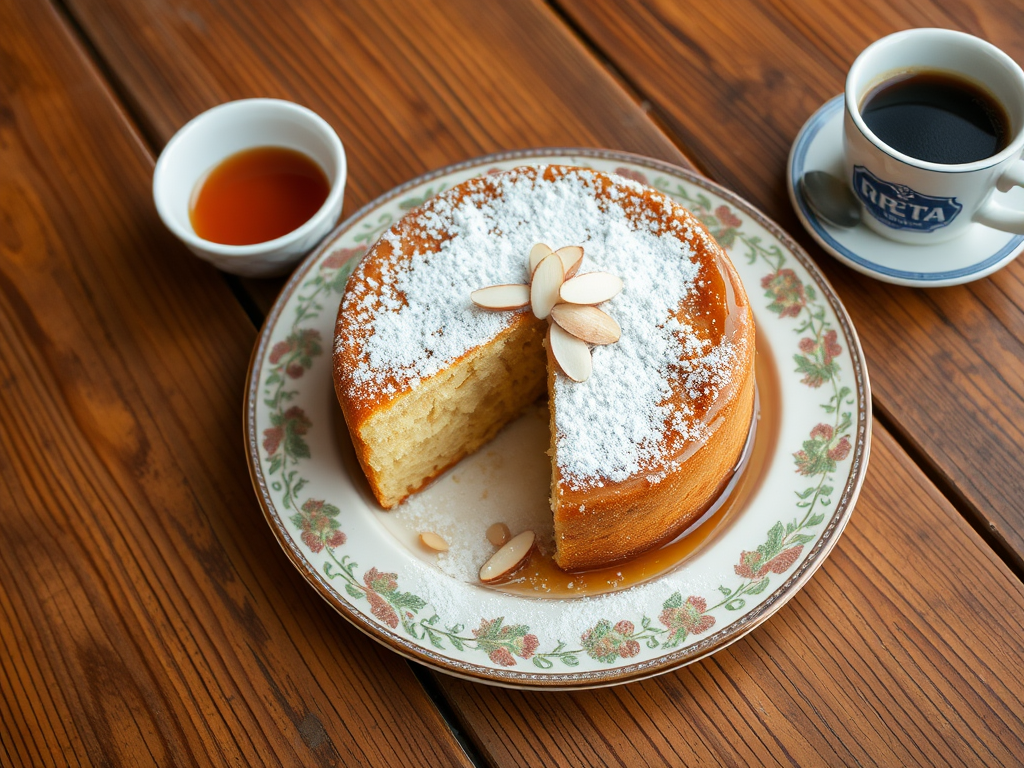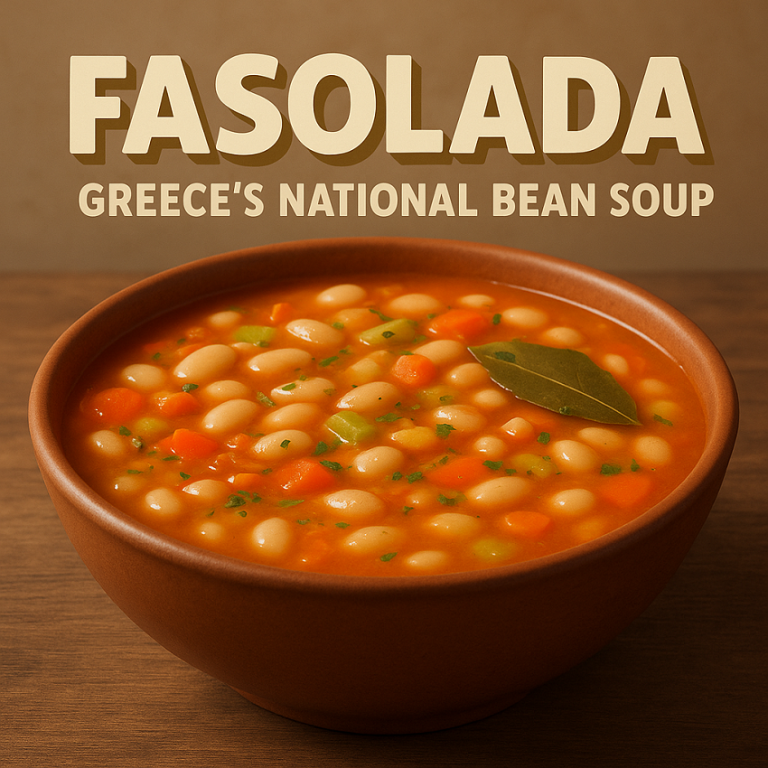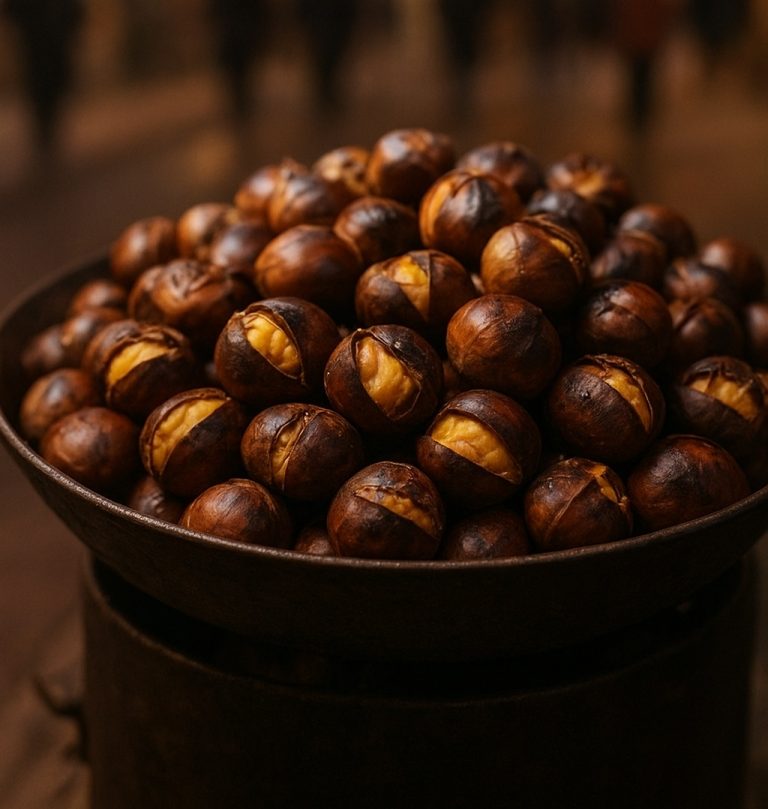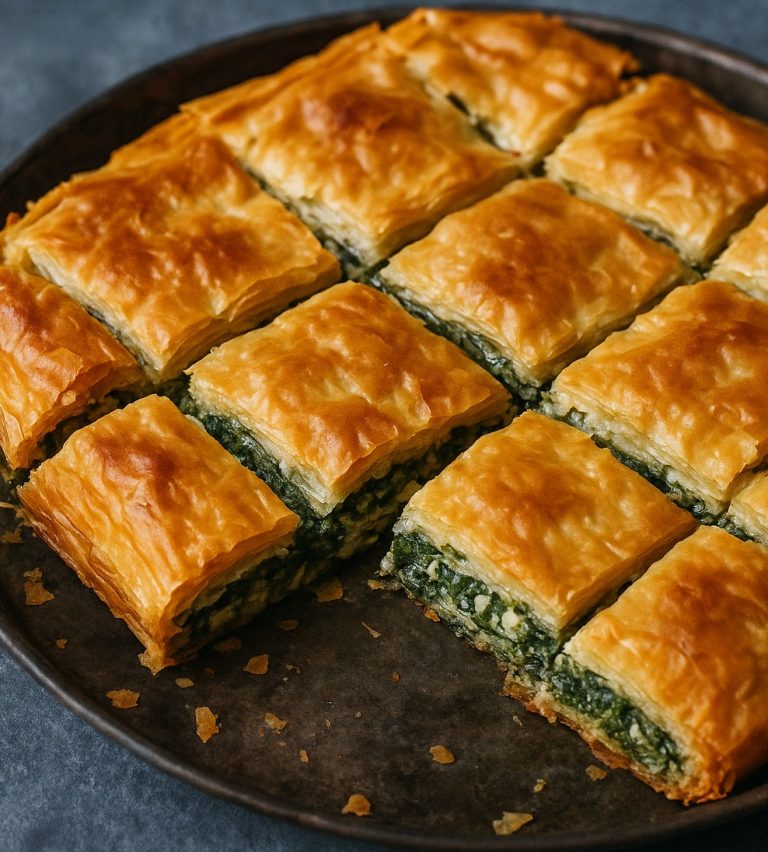
Greek pastries are a delightful reflection of the country’s rich culinary heritage, blending history, culture, and flavors. From flaky phyllo dough to sweetened nuts and honey, these treats are as diverse as the regions of Greece themselves. In this article, we’ll explore some of the most beloved Greek pastries, their origins, and what makes them unique.
The Historical Context of Greek Pastries
The art of pastry-making in Greece has deep roots, influenced by various cultures over centuries. From the Byzantine Empire to the Ottoman period, each era contributed to the evolution of Greek sweets. Ingredients like nuts, honey, and spices were commonly used, reflecting both local agriculture and trade routes. As a result, Greek pastries not only serve as delicious treats but also as a historical tapestry that tells the story of the region.
1. Baklava
Perhaps the most famous Greek pastry, baklava consists of layers of phyllo dough filled with chopped nuts, typically walnuts or pistachios, and sweetened with honey or syrup. The origins of baklava are often debated, with claims from various cultures, but it has been embraced as a staple in Greek cuisine. Each region may have its twist, from the choice of nuts to the addition of spices like cinnamon.
Variations of Baklava
In Greece, baklava can vary significantly from one region to another. For example, in Crete, baklava might include local ingredients such as orange zest or even chocolate. In contrast, some areas might focus on a more traditional approach, emphasizing the nut filling and honey syrup. This diversity showcases the adaptability and creativity of Greek pastry chefs.
2. Galaktoboureko
This creamy custard-filled pastry is encased in crispy phyllo and soaked in a sweet syrup. Galaktoboureko translates to “milk pie,” highlighting its main ingredient—milk. Originating from the Byzantine era, this dessert combines simplicity with elegance, making it a favorite at celebrations and family gatherings.
The Perfect Galaktoboureko
Making galaktoboureko requires skill, particularly in achieving the right texture for the custard and the phyllo dough. The balance between the crispy layers and the creamy filling is crucial. Often, a sprinkle of cinnamon or a touch of lemon zest is added to the syrup, enhancing the flavor profile.
3. Kataifi
Kataifi is similar to baklava but features shredded phyllo dough, which gives it a unique texture. It is typically filled with nuts and flavored with cinnamon, then soaked in syrup after baking. The intricate preparation of kataifi is often a labor of love, making it a special treat for festive occasions.
Preparing Kataifi
The process of making kataifi involves pulling apart the strands of dough, which can be time-consuming but rewarding. Many families pass down their recipes through generations, ensuring that the tradition of making kataifi continues. It’s often served during religious holidays and family gatherings, symbolizing good fortune and abundance.
4. Kourabiedes
These almond shortbread cookies are a common sight during holidays, especially Christmas. Kourabiedes are made with butter, sugar, and almonds, then dusted with powdered sugar. Their crumbly texture and rich flavor make them irresistible, and they often evoke nostalgia for those who grew up enjoying them.
The Tradition of Kourabiedes
Kourabiedes are not just cookies; they carry sentimental value. Families often gather to make them together, sharing stories and laughter in the kitchen. The act of baking kourabiedes is a cherished tradition, symbolizing love and hospitality, making them a perfect gift for friends and family.

5. Loukoum
Loukoum, also known as Turkish delight, is a gelatinous sweet that comes in various flavors, often dusted with powdered sugar or cornstarch to prevent sticking. While its origins can be traced back to the Ottoman Empire, it has become a beloved treat in Greece, often flavored with rosewater or citrus.
Variations and Serving Suggestions
Loukoum can be found in many forms, with flavors ranging from pistachio to mastic. It is often served with coffee or tea, making it a perfect accompaniment for social gatherings. Many Greeks enjoy loukoum during special occasions, where it symbolizes hospitality.
6. Bougatsa
Bougatsa is a pastry that can be both sweet and savory, depending on the filling. The sweet version is typically filled with custard or sweet cheese and dusted with powdered sugar and cinnamon. Originating from the region of Macedonia, bougatsa is a popular breakfast item and snack throughout Greece.
The Appeal of Bougatsa
The versatility of bougatsa makes it a favorite among many. Whether enjoyed as a breakfast treat or a dessert, its flaky texture and rich fillings provide a satisfying experience. In some regions, savory bougatsa filled with minced meat or spinach is just as popular, showcasing the pastry’s adaptability.
7. Revani
Revani is a semolina cake drenched in syrup, often flavored with lemon or orange zest. Its moist texture and sweet, citrusy taste make it a refreshing dessert, especially in the warmer months. Revani is a classic choice for celebrations and gatherings, symbolizing joy and festivity.
Making Revani
The preparation of revani involves combining semolina with yogurt, which contributes to its unique texture. The cake is baked until golden brown and then soaked in syrup, allowing it to absorb delightful flavors. Often garnished with nuts or coconut, revani is a visual and culinary treat.
Conclusion
Greek pastries offer a tantalizing glimpse into the country’s culinary traditions, showcasing a blend of flavors, textures, and aromas. Whether enjoyed at a local bakery or made at home during family gatherings, these pastries are more than just desserts; they are a celebration of Greek culture and hospitality.
As you explore the diverse world of Greek pastries, consider trying your hand at making some of these treats at home. Each recipe carries a piece of history and a connection to the people of Greece. So, the next time you indulge in a piece of baklava or a slice of galaktoboureko, take a moment to appreciate the history and artistry behind these delectable delights. Through each bite, you’re not just tasting a pastry; you’re experiencing a rich cultural legacy that has been lovingly passed down through generations.
#GreekSnacks #Greek #Greece #greece #food #Baklava #Bougatsa #Loukoum #snacks



